Table of Contents
The Honduran flag, also known as the flag of Honduras, carries profound historical and cultural significance for the nation. It encapsulates the identity, challenges, and aspirations of the Honduran people. In this article, we will delve into the fascinating elements of the Honduran flag, including its design, symbolism, and historical context.
The Honduran flag features a blue and white horizontal triband with five blue stars arranged in an X pattern at the center. The blue color signifies the Caribbean Sea and the Pacific Ocean, which border Honduras, while the white represents peace and prosperity. The five stars symbolize the five original Central American provinces that declared their independence from Spain in 1821 and subsequently joined to form the Federal Republic of Central America.
Honduran Flag: Stars and Unity
- The design of the Honduran flag consists of three horizontal bands, with blue bands on the top and bottom and a white band in the center.
- In the middle of the white band, five blue stars are arranged in an X pattern.
- The blue and white colors symbolize the seas and sky that surround Honduras, while the stars represent the unity of the five Central American provinces.
- The flag was officially adopted on March 7, 1866, symbolizing the unity and independence of Honduras within the broader Central American context.
- The ideology of the flag embodies Honduras’ commitment to unity, independence, and regional solidarity, reflecting its historical journey towards sovereignty and its dedication to these core values.
Flag of Honduras
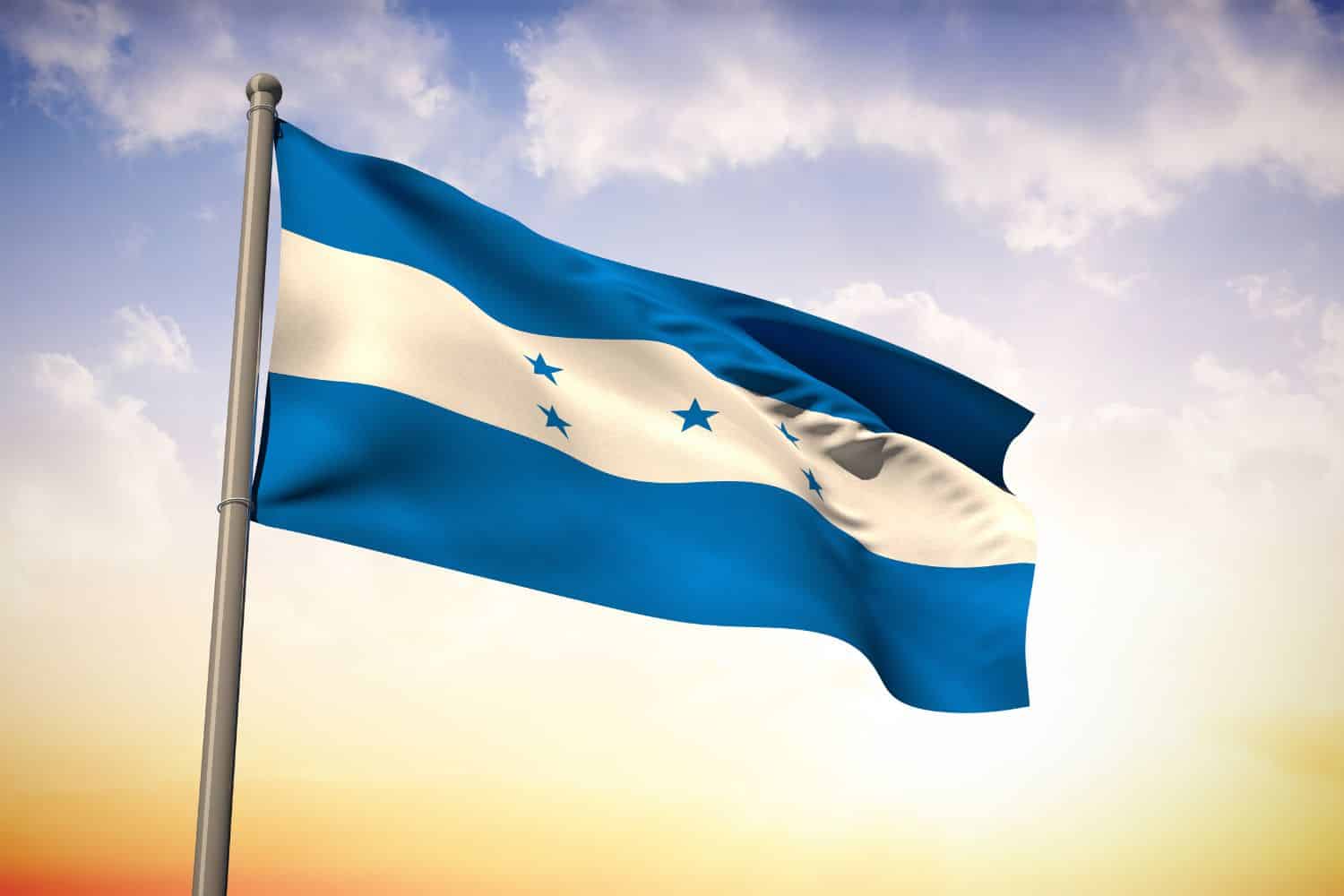
The flag of Honduras stands as a potent emblem, encapsulating the nation’s cultural essence and determination. Its design features three horizontal stripes: blue on the top and bottom, with a white stripe in the middle. The blue stripes represent the Caribbean Sea and the Pacific Ocean, which border Honduras, signifying the country’s maritime heritage and its aspirations for prosperity and freedom. The white stripe symbolizes peace and unity among the diverse peoples of Honduras.
The five blue stars arranged in an X pattern at the center of the white stripe represent the five nations of the former Federal Republic of Central America, of which Honduras was a part. They signify fraternity, liberty, and solidarity among these nations, serving as a reminder of Honduras’s historical ties and shared destiny with its neighbors.
The history of the Honduran flag is deeply intertwined with the country’s struggles and triumphs. Officially adopted on March 7, 1866, the flag embodies the resilience and unity of the Honduran people in the face of adversity.
Beyond its visual representation, the flag of Honduras carries profound symbolic significance. Its colors and elements reflect the values and dreams of the Honduran population, portraying peace, unity, and the shared heritage of Central America. The stars, in particular, serve as enduring symbols of solidarity and cooperation among nations, embodying Honduras’s commitment to regional harmony and progress.
National Flag Etiquette and Protocol

Preserving the proper use and presentation of the Honduran flag is of utmost importance. Understanding the etiquette involved in handling the flag, particularly during national ceremonies and events, is crucial. It is imperative to be acquainted with the regulations governing the handling, raising, and lowering of the flag. Moreover, one must be knowledgeable about the correct procedures for retiring or managing damaged flags to ensure they are treated with the respect they deserve.
- Proper Handling: It is essential to handle the Honduran flag with care and reverence, ensuring it does not touch the ground or any surface. It should always be held upright and never dragged along any terrain.
- Hoisting and Lowering: The flag should be hoisted briskly and lowered ceremoniously. Typically, the flag is hoisted at sunrise and lowered at sunset, although adjustments can be made based on specific guidelines or the occasion at hand.
- Displaying the Flag: When displaying the flag, the blue field should be positioned at the top with the five stars and white stripes centered. It is important to allow it to flutter freely, without any entanglement or obstruction.
- Half-Staff: On designated days of remembrance or during national tragedies or the demise of significant figures, the flag should be flown at half-staff as a mark of mourning or respect, following directives from the relevant authorities.
- Flag Retirement: When the Honduran flag becomes damaged or worn out, it should be retired gracefully and respectfully. This may entail burning it in a solemn and respectful ceremony, adhering to the proper guidelines and local regulations.
- Flag Size and Placement: The size of the flag displayed should be proportionate to the flagpole or the designated display area. It is advisable to adhere to the recommendations of local authorities or guidelines for specific details on flag size and placement.
- Respectful Disposal: In cases where burning is not feasible for flag retirement, the flag should be disposed of respectfully, either by burying it or entrusting it to authorized organizations specializing in flag disposal.
Interesting Facts and Trivia
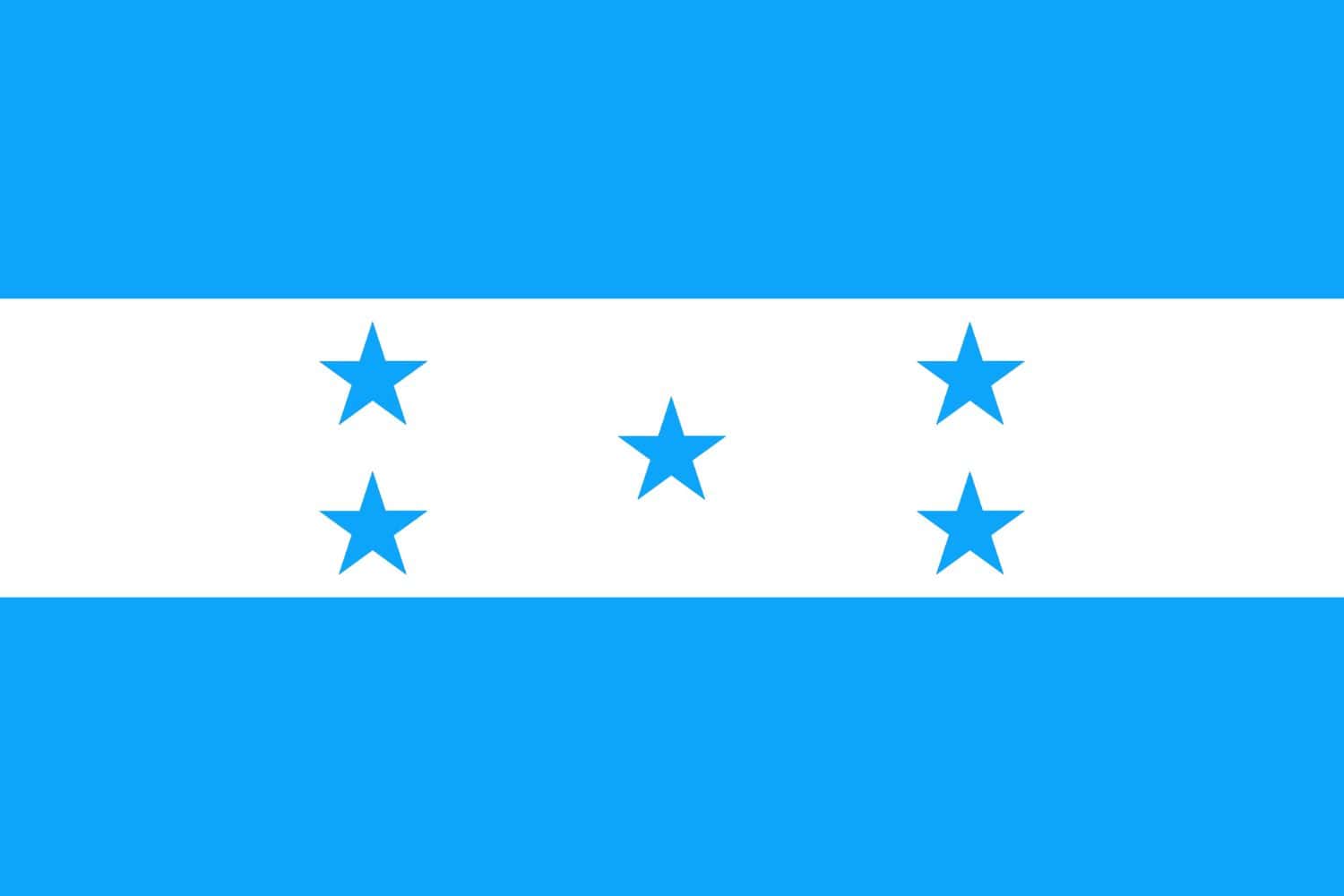
Embark on an intriguing journey into the depths of Honduras’s flag, uncovering captivating facts and lesser-known trivia. Explore the intricate details of the flag’s design, each element holding its own symbolic significance. Learn about notable events and incidents that have left a lasting imprint on the history and identity of the nation.
Rich Tapestry of History
- Adopted in 1866, the current flag of Honduras embodies the unity and aspirations of its people, marking significant moments in the nation’s history.
- Colors and Symbolism: The blue and white stripes represent the clear skies and the Caribbean Sea that borders Honduras, while the five stars symbolize the five Central American countries and their unity.
- Star and Triangle: The star in the middle of the flag, surrounded by a triangle, symbolizes the nation’s history, wealth, and resources. The triangle signifies equality, liberty, and fraternity.
- National Identity: Honduras’s flag reflects its diverse history, cultural heritage, and the ongoing pursuit of unity, progress, and prosperity.
These historical insights shed light on the flag’s pivotal role in shaping Honduras’s national identity, representing its struggles and aspirations over the years.
Flag-Related Symbols and Emblems
Beyond the flag, Honduras boasts a myriad of national symbols that further define its identity. Explore these symbols, from the national bird to historical landmarks, and delve into their significance in the country’s rich cultural tapestry. Whether through visiting iconic sites or immersing oneself in local traditions, understanding these symbols deepens one’s appreciation for Honduras’s heritage. Plan your journey and embark on an unforgettable tour to experience the best of Honduras’s treasures.
Symbolisms of the Honduran Flag
The flag of Honduras encapsulates several symbolic elements that resonate with the nation’s history, values, and aspirations. Here are the symbolisms of the Honduran flag presented in itemized form:
- Blue Color: Symbolizes the Caribbean Sea and the Pacific Ocean that surround Honduras, as well as the clear skies overhead, reflecting the nation’s maritime resources and aspirations for peace and stability.
- Five Stars: Represent the five countries of Central America, including Honduras, and signify solidarity and unity among the nations of the region.
- Flag’s Design: Reflects Honduras’ commitment to liberty, justice, and equality, as well as its rich cultural heritage and diverse population.
- National Identity: The flag serves as a unifying emblem for the Honduran people, fostering a sense of belonging and pride in their shared history and cultural heritage.
- National Aspirations: Through its design and elements, the flag embodies the values and aspirations of the Honduran nation, including peace, prosperity, and progress.
These symbolisms embedded in the flag contribute to Honduras’ collective identity and sense of pride, echoing its historical trajectory and cultural significance.
Flags of Similar Countries or Regions
Exploring the flags of nations or regions neighboring Honduras can offer fascinating insights. Delve into an in-depth comparison of these flags, highlighting the similarities and differences in their designs, colors, or symbolism. Uncover the historical and cultural ties between these flags, illuminating shared influences or unique identities.
Honduran Flag vs Nicaraguan Flag
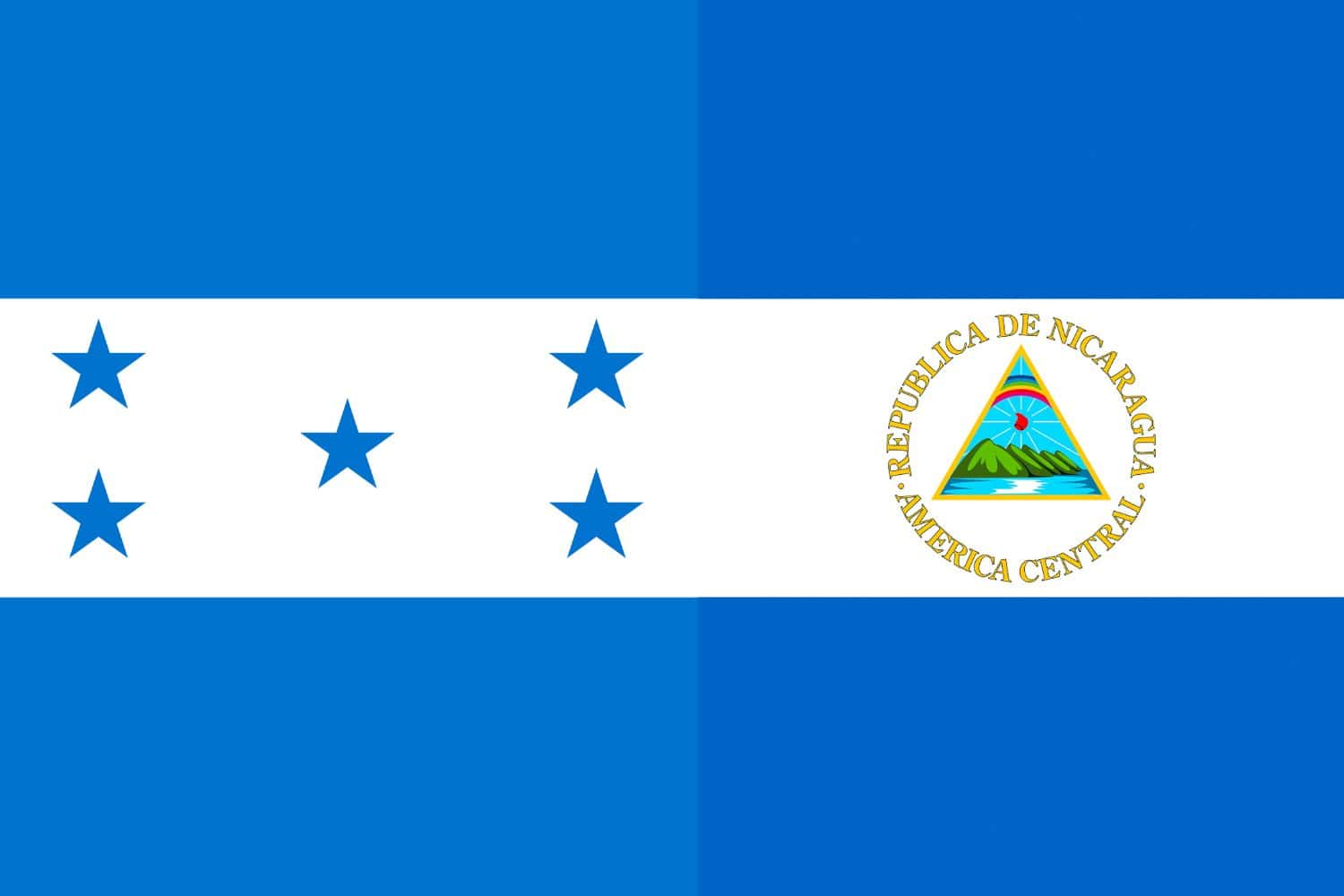
Similarity: Both flags prominently feature the color blue.
Difference: The Nicaraguan flag includes a white horizontal stripe in the center of the blue field.
Honduran Flag vs Guatemalan Flag
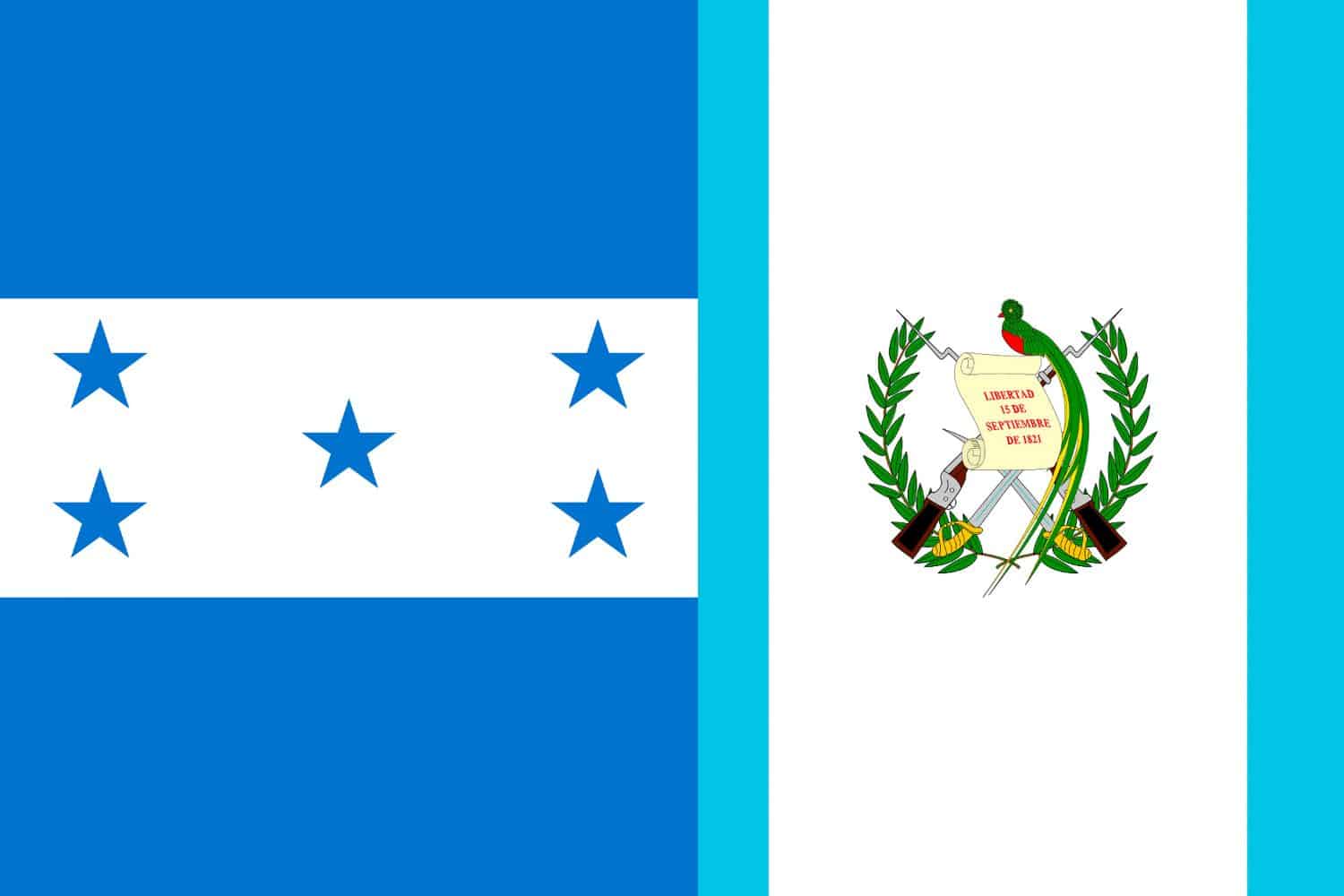
Similarity: Both flags prominently use blue.
Difference: The Guatemalan flag consists of a blue and white vertical stripe in the center of the blue field.
Honduran Flag vs Salvadoran Flag
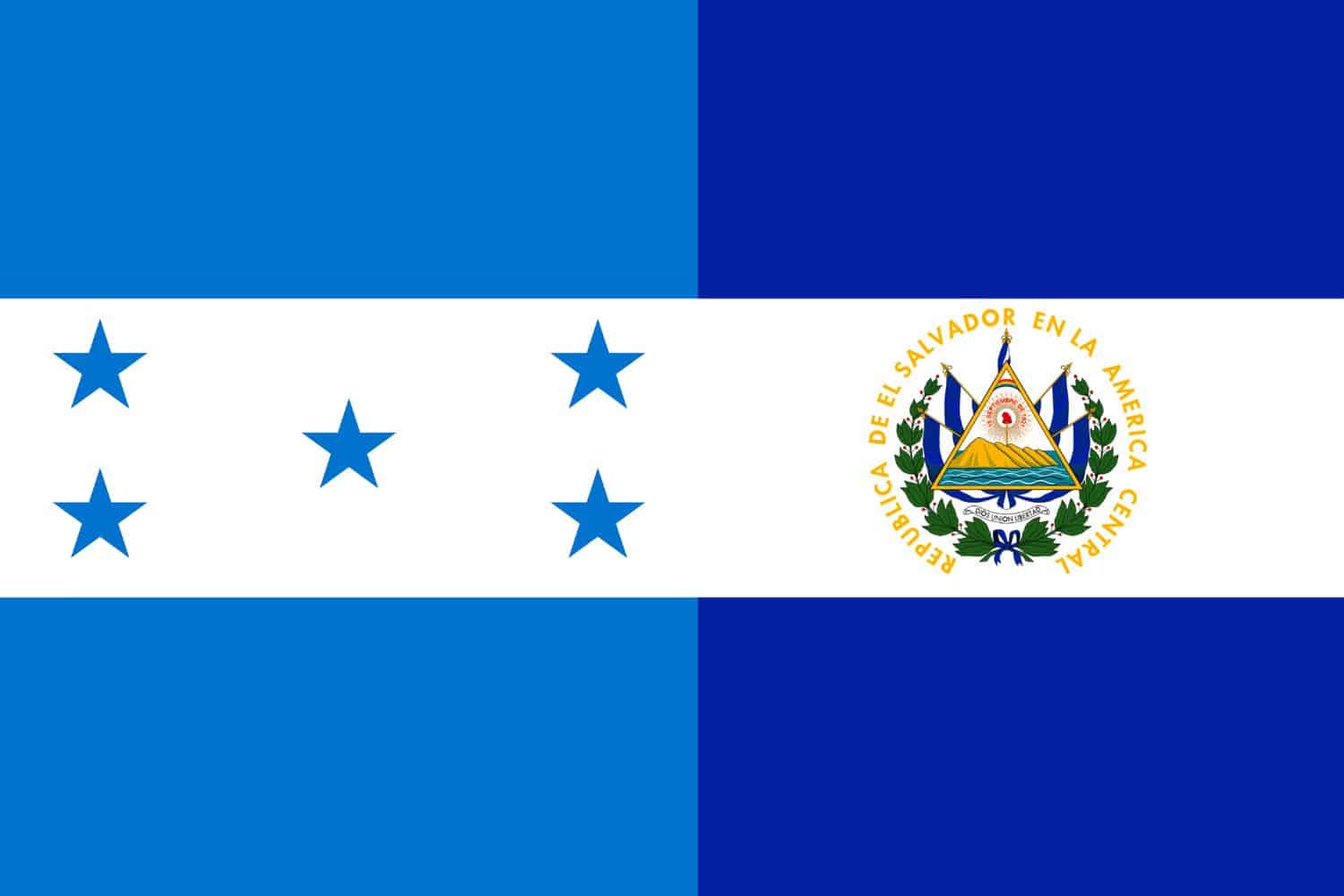
Similarity: Both flags incorporate blue and white in their design.
Difference: The Salvadoran flag features a blue and white striped emblem in the center of the flag.
Honduran Flag vs Costa Rican Flag
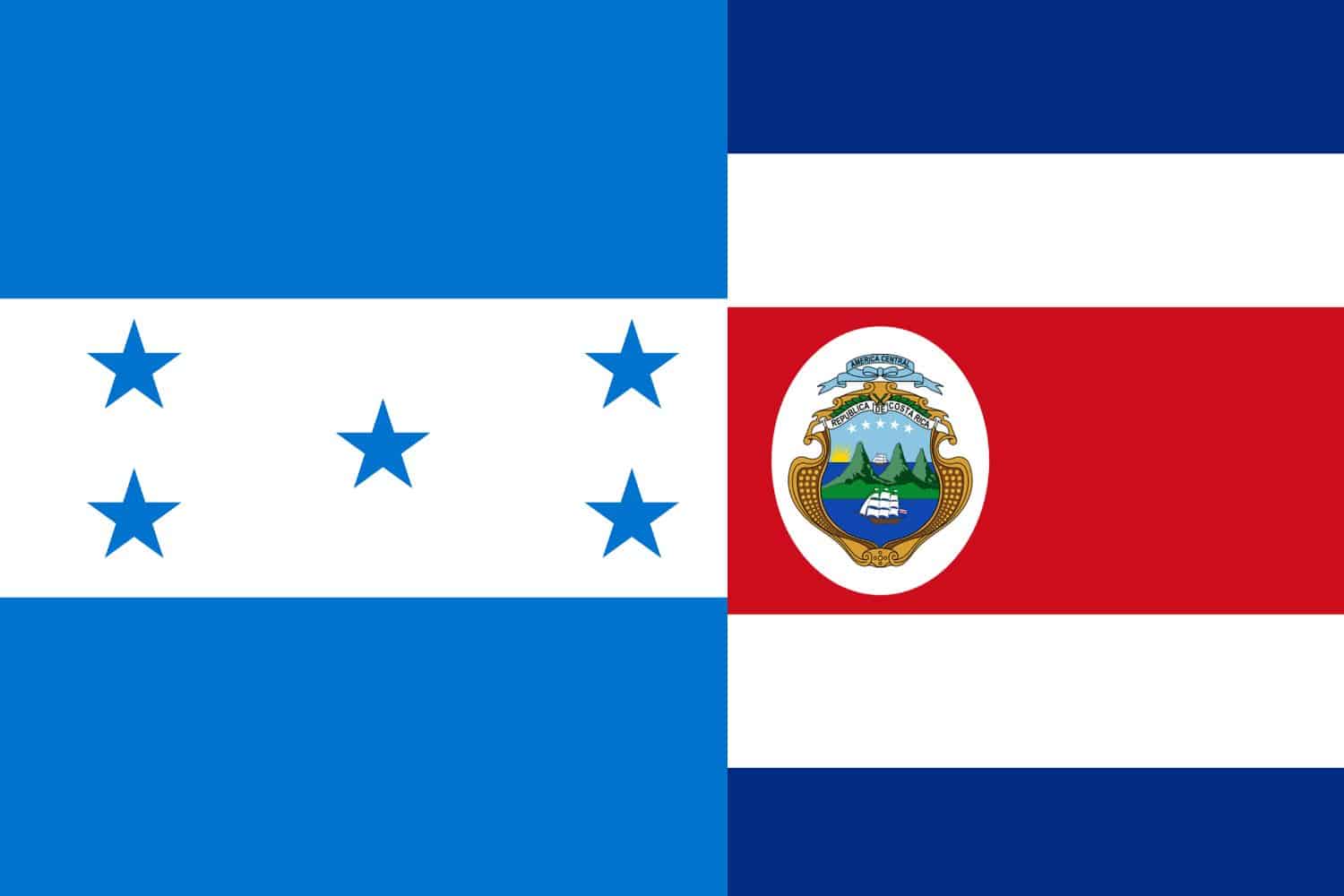
Similarity: Both flags incorporate blue, white, and red.
Difference: The Costa Rican flag features a blue horizontal stripe with a white horizontal stripe above it, and a red horizontal stripe below.
Frequently Asked Questions (FAQs)
Find answers to common questions regarding the Honduras flag picture. From its historical origins to the symbolism behind its elements, discover concise and informative responses addressing inquiries commonly raised by those interested in Honduras’ flag.
What do the five stars on the Honduran flag represent?
The five stars represent the five nations of the former Federal Republic of Central America, of which Honduras was a part. These nations are Honduras, Guatemala, El Salvador, Costa Rica, and Nicaragua.
What are the official colors of the Honduran flag and what do they symbolize?
The official colors of the Honduran flag are blue and white. Blue symbolizes the sky and the Caribbean Sea, while white represents peace and prosperity.
Who designed the Honduran flag?
The Honduran flag was designed by Honduran political leader and journalist, Francisco Morazán.
When was the current design of the Honduran flag adopted?
The current design of the Honduran flag was officially adopted on March 7, 1866.
What is the significance of the blue and white stripes on the Honduran flag?
The blue and white stripes on the Honduran flag symbolize the nation’s geography, with blue representing the sky and the Caribbean Sea, and white representing peace and unity.
Are there any laws or regulations regarding the use of the Honduran flag?
Yes, Honduras has laws and regulations governing the use and display of its national flag, including guidelines for its respectful handling and proper display on public buildings and during official events.
How has the design of the Honduran flag evolved over time?
The design of the Honduran flag has remained largely consistent since its adoption in 1866, with minor modifications made to the arrangement and size of its elements.
What is the protocol for displaying the Honduran flag?
The Honduran flag should be displayed prominently on public buildings, schools, and during official ceremonies. It should be treated with respect and never displayed in a manner that disrespects its symbolism.
